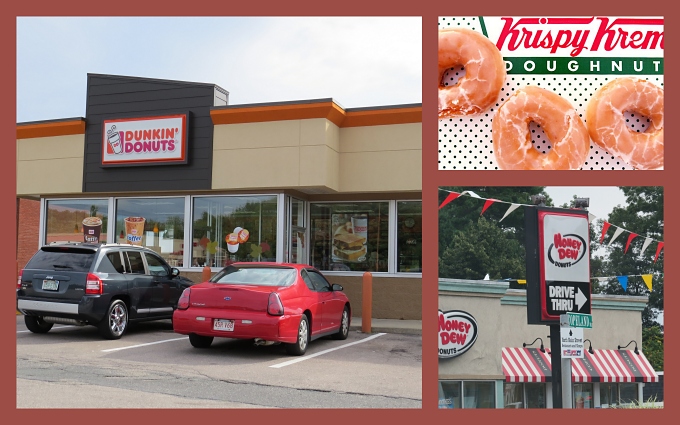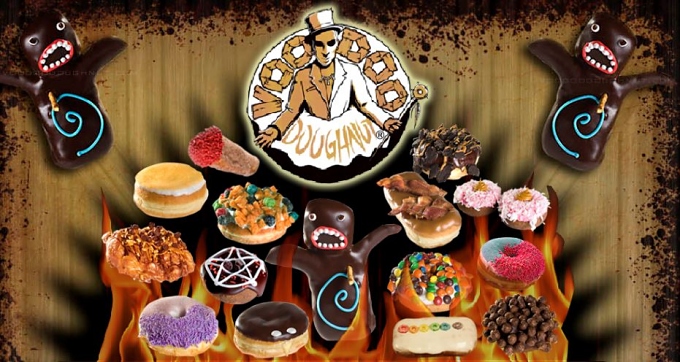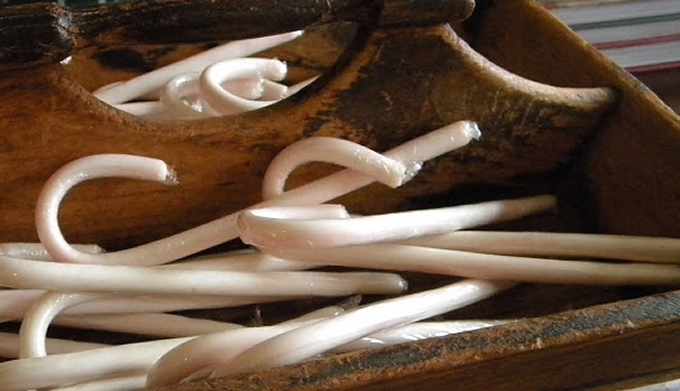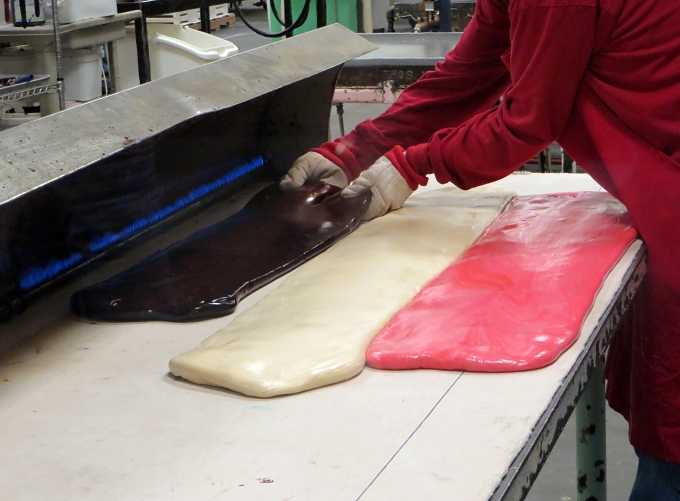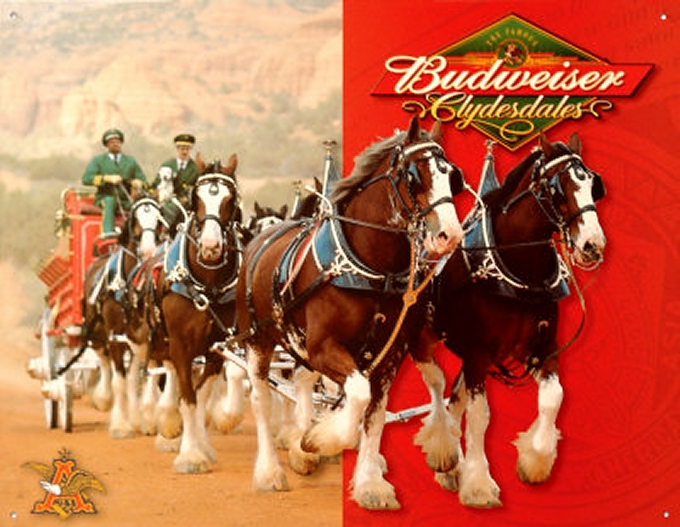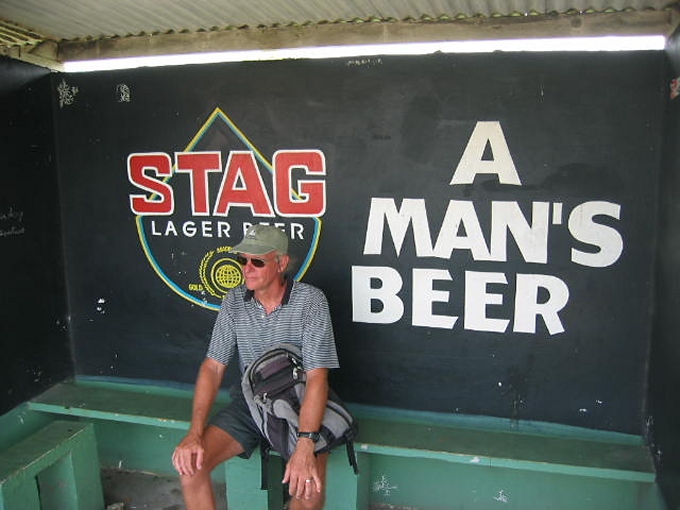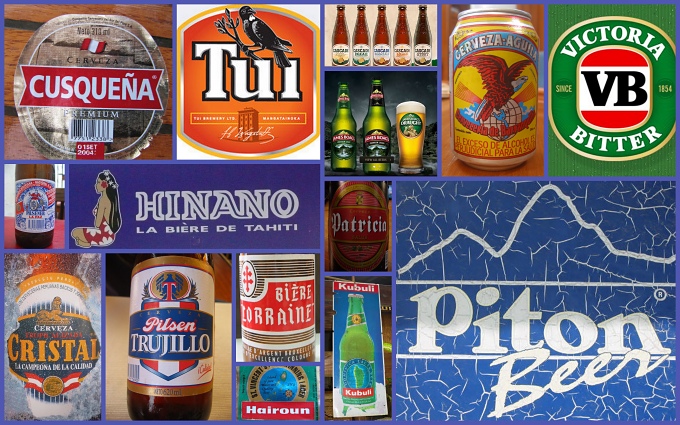Donuts
/There's something about doughnuts (or is it donuts?) … maybe the fact that they're so unhealthy … that makes them especially appealing. In New England, especially the Boston area, the donut leader is definitely Dunkin Donuts … “America runs on Dunkin.” There's a Dunkin Donut shop on every corner, it seems. In fact, there are more than 500 Dunkin Donut shops in Massachusetts alone. Wiki indicates there are about 15,000 shops worldwide, in 37 countries.
Within 5 miles of my sister's house, there are at least five Dunkin Donuts shop and two Honey Dews. There are a couple of non-chain donut shops, too. This definitely paints a picture of local preferences, doesn't it? Nationally, Dunkies competes with Starbucks on the coffee side and Krispy Kreme on the doughnut side, but locally, Dunkies wins. After all, it started in Canton, our neighboring town. You gotta support the local family. When President Obama was campaigning in New England, he even indulged in some Dunkies. It's the thing to do here.
There are cake donuts and raised donuts. Then there's glazed, filled and frosted with hundreds of variations to fit the geography, season and local taste. Some have colorful sprinkles on top. When we eat donuts, which is very seldom, my favorite is jelly-filled or creme-filled raised. David likes chocolate frosted chocolate cake donuts.
There are those specialty donut shops that catch your attention like Ronald's in Las Vegas which we found only because our daughter-in-law claims them to be some of the best vegan donuts in the country. We weren't impressed, but then we're neither vegans nor donut fans.
Then there's VooDoo Donuts in Oregon (“the magic's in the hole”) which is supposedly opening a new store in Denver, but it hadn't opened yet when we were there. They offer gimmick donuts with local themes. How could you resist that?
We were stunned when we were in Ecuador a few years ago and there in Salinas, a beach resort town, was a Dunkin Donuts. We just had to have one. It was awful … definitely not what we're used to in the US … way too sweet and very greasy. Supposedly there were Dunkies in Australia for awhile, but they were all closed down. We've heard that they'll be opening again in the near future. With any luck, we'll miss the grand re-openings. Who needs donuts when you have all those pies?



